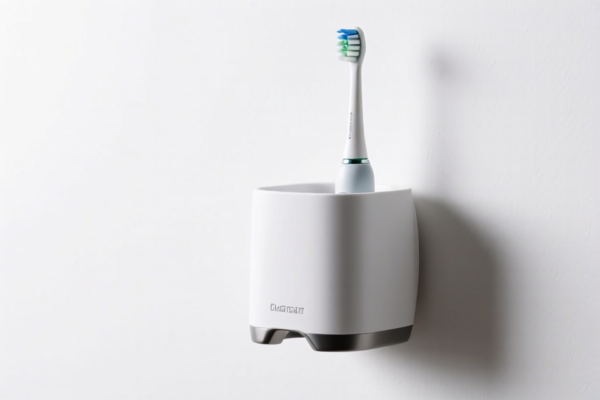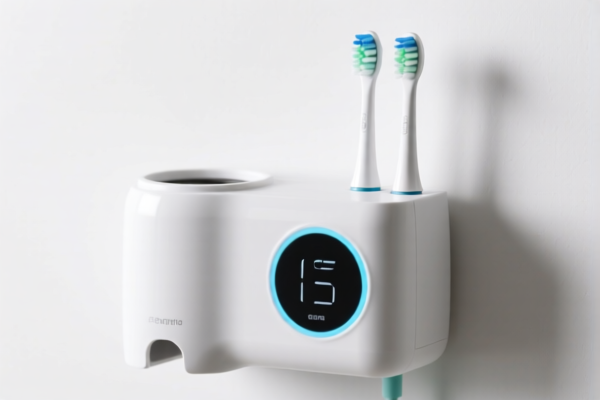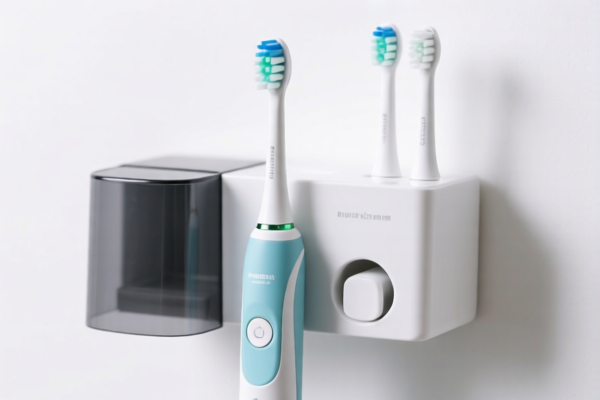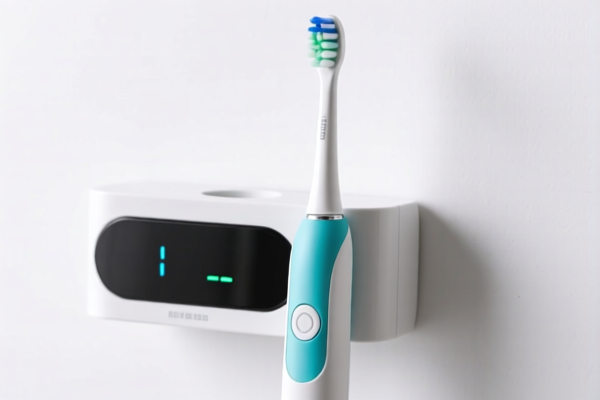| HS Code | Official Doc | Tariff Rate | Origin | Destination | Effective Date |
|---|---|---|---|---|---|
| 8543708000 | Doc | 55.0% | CN | US | 2025-05-12 |
| 3926909989 | Doc | 42.8% | CN | US | 2025-05-12 |




Okay, let's break down the HS codes and tax implications for your declared goods. Here's a detailed analysis, presented in a structured format to help you understand the classification and potential costs.
HS Code Analysis & Tax Breakdown
You've provided information for two items. We'll examine each one separately.
1. ELECTRIC TOOTHBRUSH CHARGER (Implied from context, as you provided the declaration name)
While you didn't directly provide an HS code for the toothbrush charger, we can infer it likely falls under 8543.70.80.00 based on the provided data for "Electrical machines and apparatus...". Let's analyze this code:
- Chapter 85: Electrical machinery and equipment; parts thereof. This broadly covers a wide range of electrical devices.
- 8543: Electrical machines and apparatus, having individual functions, not specified or included elsewhere in this chapter; parts thereof. This narrows it down to specific electrical devices that don't fit neatly into other categories.
- 8543.70: Other machines and apparatus. This indicates a more specialized electrical device.
- 8543.70.80: Other. This is a residual subheading for electrical machines not specifically listed elsewhere.
- 8543.70.80.00: Further specifies the "Other" category.
Tax Implications (Based on provided data):
- Basic Duty: 0.0%
- Additional Tariff: 25.0%
- Additional Tariff (Post April 2, 2025): 30.0%
- Total Tax: 55.0%
Important Considerations:
- Material Composition: The plastic components of the charger could influence the classification. If the charger is predominantly plastic and functions as a simple container or housing, it might fall under a different HS code (see the second item analysis below).
- Functionality: Is the charger a simple power adapter, or does it have more complex features (e.g., wireless charging, UV sanitization)? More complex features could shift the classification.
- Certification: Depending on the destination country, you may need to provide certifications (e.g., CE, FCC) to demonstrate compliance with safety and electromagnetic compatibility standards. Please verify the specific requirements for your import country.
2. Other articles of plastics and articles of other materials of headings 3901 to 3914: Other: Other Other (HS Code: 3926.90.99.89)
This HS code suggests the item is made of plastic or other materials covered in headings 3901-3914. Let's break it down:
- Chapter 39: Plastics and articles thereof. This chapter covers a wide range of plastic materials and products.
- 3926: Other articles of plastics and articles of other materials of headings 3901 to 3914. This narrows it down to plastic articles not specifically listed elsewhere.
- 3926.90: Other. This is a residual subheading for plastic articles not specifically listed elsewhere.
- 3926.90.99: Other. Further specifies the "Other" category.
- 3926.90.99.89: Even further specifies the "Other" category. This is often used for miscellaneous plastic items.
Tax Implications (Based on provided data):
- Basic Duty: 5.3%
- Additional Tariff: 7.5%
- Additional Tariff (Post April 2, 2025): 30.0%
- Total Tax: 42.8%
Important Considerations:
- Plastic Type: The type of plastic used (e.g., polyethylene, polypropylene, ABS) can be relevant.
- Functionality: What is the purpose of this plastic article? Is it a housing, a component, or a finished product?
- Single or Multiple Materials: If the item is made of multiple materials, the predominant material will usually determine the HS code.
- End Use: The intended end use of the item can sometimes influence the classification.
General Recommendations
- Verify Material Composition: Double-check the exact materials used in both items.
- Confirm Functionality: Clearly define the primary function of each item.
- Check the April 2, 2025 Tariff Changes: Be aware of the upcoming tariff increases and factor them into your cost calculations.
- Consult with a Customs Broker: For complex classifications or high-value shipments, it's highly recommended to consult with a licensed customs broker in your destination country. They can provide expert guidance and ensure compliance with all applicable regulations.
- Provide Detailed Documentation: Accurate and complete documentation (e.g., invoices, packing lists, material specifications) is crucial for smooth customs clearance.
Disclaimer: I am an AI assistant and cannot provide definitive customs classification advice. This information is for general guidance only. Always consult with a qualified customs professional for specific guidance related to your shipments.
Customer Reviews
The analysis of the HS code and tax breakdown was thorough, but I wish there were more examples of similar products to help with classification.
I found the information on the 55% tariff for the electric toothbrush charger extremely helpful. It clarified the tax implications for my export to the US.
The page provided a clear explanation of the 3926909989 HS code, which was useful for my plastic components. It would have been great to see a comparison with other materials.
The breakdown of the 8543708000 HS code for electric toothbrush chargers was very detailed and helpful for understanding the 55% tariff rate.
I was impressed with how specific the details were about the HS Code and tariff rates for plastic builder’s doors. Very well done!